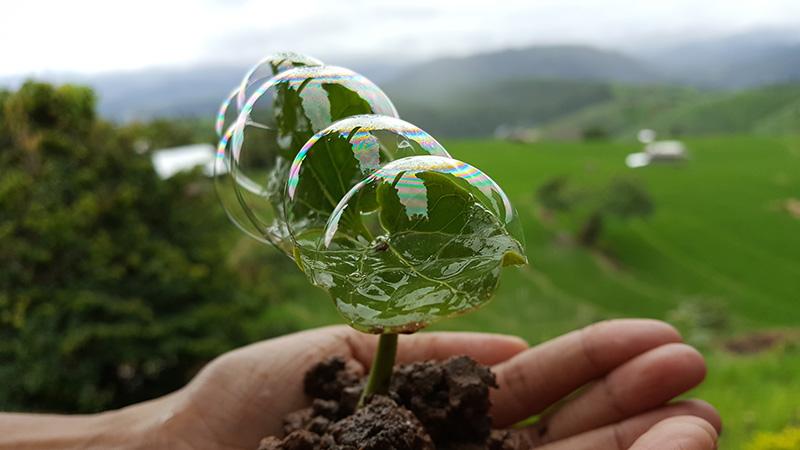Humidity measurement plays a critical role in profitable biogas production
For biogas producers, keeping the process stable while making sure that combined heat and power (CHP) engines and active carbon filters work smoothly is just one of the challenges they have to face. In-line humidity measurement can help answer these challenges – and make biogas production more profitable.
The benefits of humidity measurement
There are three main benefits of measuring humidity in your biogas production process:
Firstly, measuring humidity and getting reliable data that you can trust gives you a more complete picture of biogas quality. In order to calculate methane volume, for example, you need to know the humidity levels.
Secondly, you will be able to reduce CHP engine maintenance and downtime by getting accurate humidity readings directly from the gas line through continuous in-line monitoring and by adjusting the water removal accordingly.
Thirdly, humidity process control reduces how often you need to change the active carbon filters.
In short, knowing the humidity levels in your process, and being able to control them, can allow you to make significant annual savings.
Positive feedback from biogas experts
One of the first companies to investigate the potential of combined humidity, methane, and carbon dioxide measurement was the gas engine specialist CooperÖstlund. Kyle Kirby, Technical Director at CooperÖstlund, explains:
“Process optimization is a key feature of the service that we deliver, so we were keen to evaluate the potential offered by this new technology. To do this we deployed a multigas probe at one of our customer sites in the UK.”
The probe was installed to check whether moisture was being removed from the biogas produced by the plant. This not only validated that the gas chillers were operating successfully, but also ensured that the business maintained a consistently high quality of biogas, which is used in on-site CHP and gas-to-grid processes.
Another company that is already familiar with the benefits of optical in-line humidity measurement is Sarlin, a Finnish engineering company.
In a recent webinar, Sarlin’s Product Group Manager Lauri Valovirta recommended keeping operating costs down by running the CHP engine with full-load 24/7. This is possible when you continuously monitor the levels of humidity and hydrogen sulfide in the biogas and prevent them from reaching and damaging the engine.
Vaisala challenges what’s possible in demanding measurement environments
With over 80 years of experience, Vaisala has created measurement technologies that are trusted by leading organizations not only across the globe but also on space missions. With an in-house cleanroom for microchip manufacturing, Vaisala wants to ensure leading measurement accuracy, stability, and response time, along with many other benefits, to help our customers reach their goals.
Applying humidity measurement to biogas process lines required a new approach. Luckily, Vaisala’s optical CARBOCAP® technology was already available, although it was previously applied only to carbon dioxide measurement. Finding the right wavelength for water and methane measurement and ensuring safe in-line installation into a hazardous environment enabled us to develop the world’s first multigas measurement instrument MGP261 for in-line methane, carbon dioxide, and humidity measurements.
“This innovative new technology was launched in January 2019, and we are already seeing the benefits it is bringing to the biogas industry. The better you can monitor your entire process and react to changes in the gas composition and humidity, the more efficient the biogas plant becomes,” explains Vaisala Product Manager Antti Heikkilä.
Read more about optical humidity measurement in Antti Heikkilä's blog post.


Add new comment